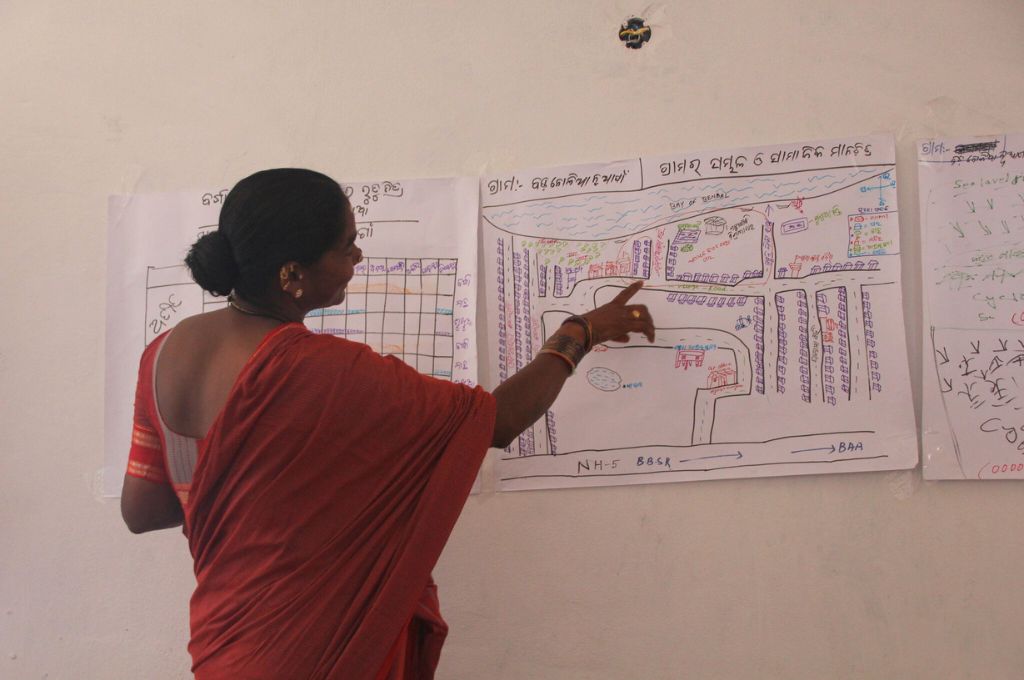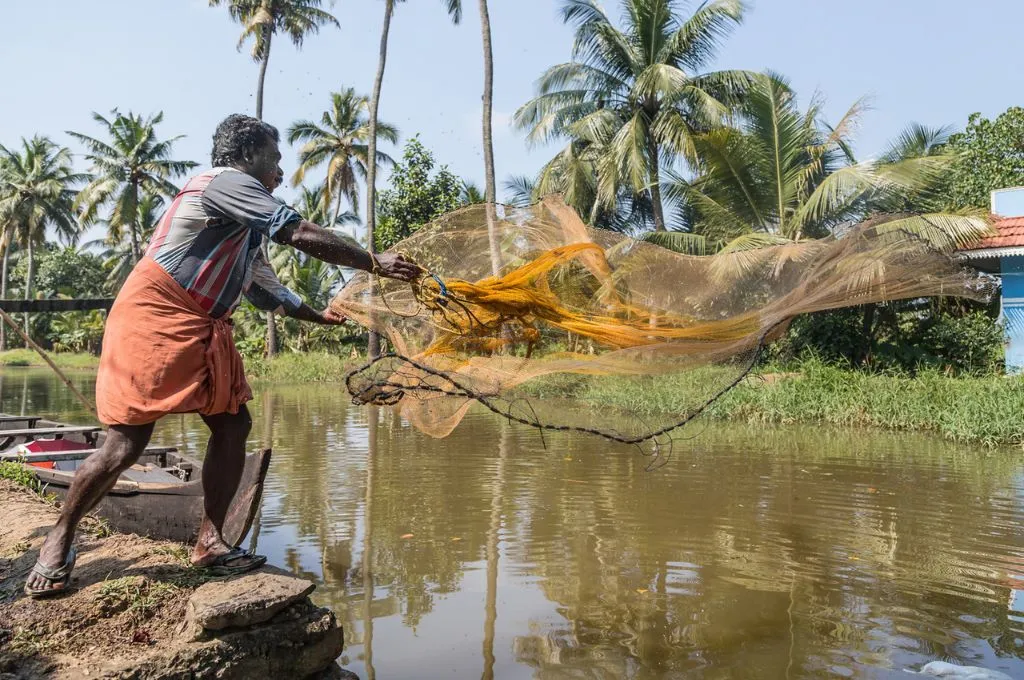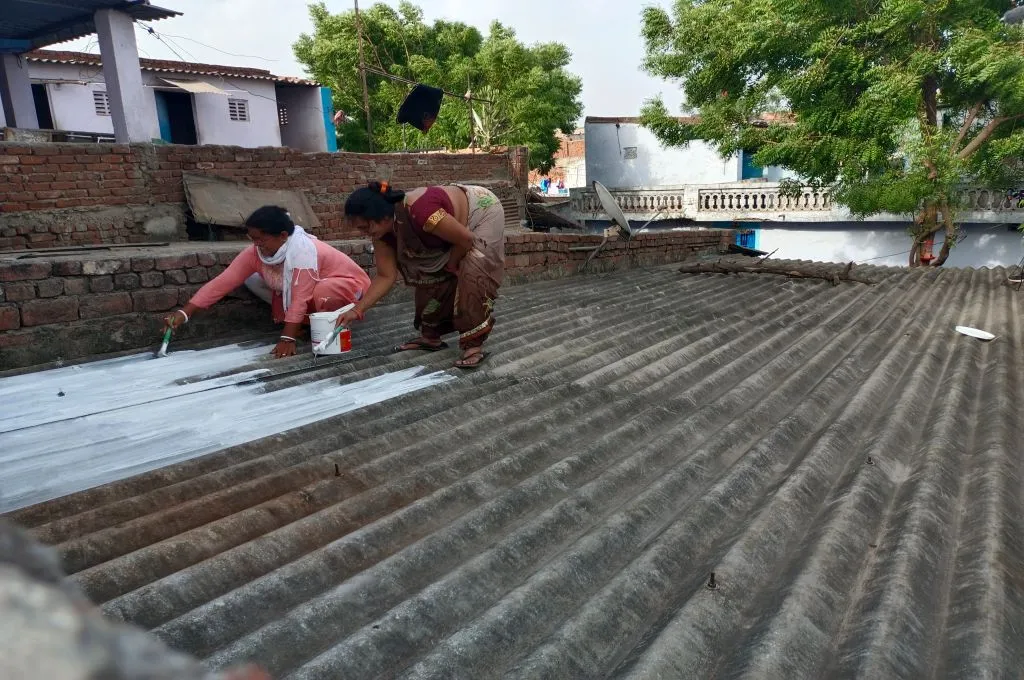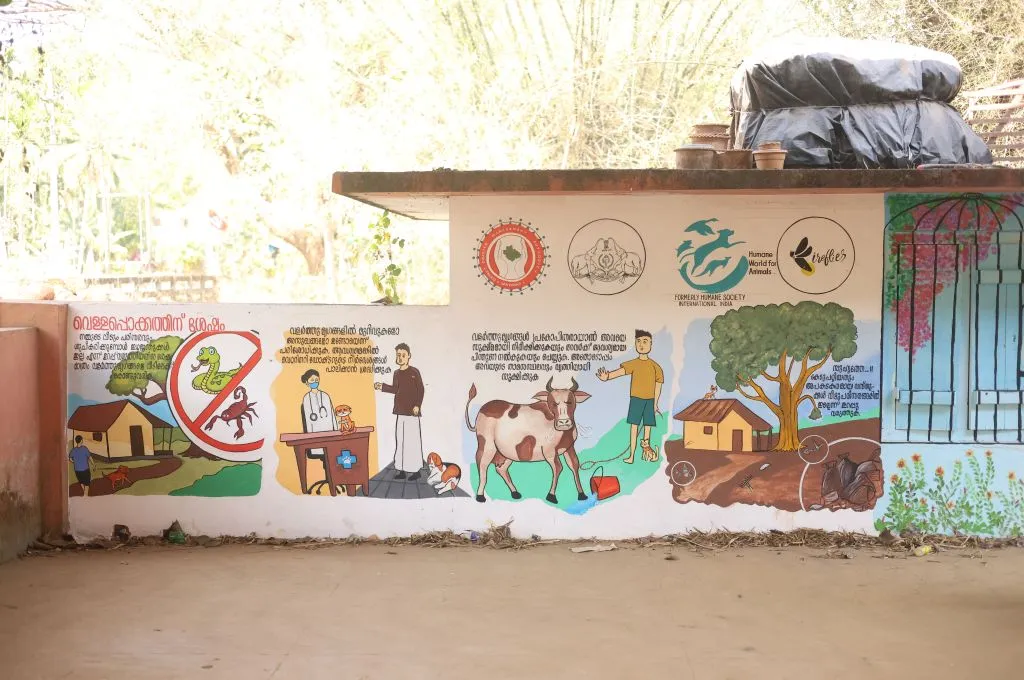Padmini lives in the Koraput district of southern Odisha. She belongs to the Dongria Kondh Adivasi community and describes the climate crisis in the following words: “Hagu ahine pu aahine”. This roughly translates to ‘changing rain cycles due to deforestation’. According to her, for generations, the elders in her community have looked up at the sky to determine the climate—which has a direct impact on their harvest—by the shape of the clouds.
Padmini and many women like her understand the climate crisis as something that is intertwined with their social, cultural, and economic way of life. To them, it is not limited to the technicalities of long-term changes in weather patterns due to greenhouse gas emissions, which are affecting local, regional, and global climates. Instead, it is about the everyday negotiations that they have to make—with unseasonal rainfall or loss of biodiversity—which impacts their lives and livelihoods in numerous ways.
Unfortunately, the language and expressions that define dominant narratives around the crisis are mostly Western-centric and out of touch with the lived realities of marginalised groups in the Global South. One dominant narrative, for instance, emphasises that climate change will impact future generations and young people throughout their lifetime. However, this viewpoint fails to acknowledge the immediate impact of the climate crisis on marginalised communities at the crossroads of gender, caste, and class whose lives are already being impacted.
India, which is the seventh-most vulnerable country with respect to climate extremes, serves as a prime example. According to an analysis by the Council on Energy, Environment and Water (CEEW), three out of four districts in India are extreme climate event hotspots exhibiting erratic rainfall, sea-level rise, and increased frequency and intensity of droughts, floods, and heatwaves. The poor and marginalised, especially women, bear a disproportionate burden of the climate crisis. A recent report by Climate Action Network South Asia concluded that climate-induced displacement and migration in India resulted in women having to spend at least 12–14 additional hours doing farmland work and household chores.
This highlights the pressing need to question who gets to shape the current climate narratives. By excluding marginalised voices—whether at the global or the national scale—current solutions are isolating a large section of the population from participating in climate action. Additionally, they are preventing us from leveraging the wealth of traditional wisdom that can help create sustainable and long-lasting impact. This current approach to address the crisis can result in half-baked solutions and maladaptation.

Climate narratives by the community, for the community
Narratives on climate change must focus on people at the forefront of this crisis, such as those belonging to indigenous groups, waste pickers, and frontline health workers. And as we saw from Padmini’s example, communities themselves are best suited to create and drive narratives that reflect their realities, needs, and demands.
To understand how communities, especially women, residing in rural or remote areas—far from the corridors of policy and the ivory towers of academia—relate to the climate crisis, ASAR, in collaboration with Baimanus, an organisation that trains people from underprivileged communities to be reporters, launched Project Dharitri earlier in 2023. As part of the programme, we’ve been working with 10 women journalists across Maharashtra who are reporting from ground zero—their districts—on the unfolding climate crisis in their districts. These women are community leaders and belong to groups that are vulnerable to climate change. The objective of the project is threefold:
- To have stories on climate that are on women, by women, and for women.
- To enable these women journalists to develop breakthrough narratives on climate for the media.
- To use these narratives to create a collective of aware and engaged women in panchayats and wards.
Here are some examples of the narrative tools that these women journalists have used to communicate how they view the climate crisis and its impact on their communities:
Warli art
Ashwini Sutar from the Warli community in Palghar district uses Warli art, a form of tribal art, to report on stories of climate change. Below is one of her artworks, which represents the issue of climate change in a way she believes will make it more relatable for communities like her own.

In this artwork, Ashwini showcases how climate change is a human issue, and how it impacts the lives and livelihoods of several communities. Her painting illustrates how unseasonal rainfall results in both droughts and floods, putting human life and biodiversity at risk. The changing climate impacts food, housing, and livelihoods, and increases the drudgery of women’s work. It also increases vulnerabilities, resulting in health issues, debts, suicide, and loss of life. In the artwork, Ashwini shows how climate change is an issue primarily rooted in extractive economies that are polluting the air and rivers, and poisoning fish that is a staple diet of many.
However, in all this gloom, Ashwini also paints hope—a solution to climate change that brings communities together in solidarity, where everyone cares for one another and nurtures life of all kinds.

Stories of the sea
While Ashwini’s narrative is closely linked with the Warli culture of her community, Jahnavi, another woman journalist and community leader from Ratnagiri district in southwestern Maharashtra, links climate change to the livelihood of her community in her stories.
In this region, fishing serves as the primary source of livelihood. However, unpredictable weather and frequent natural disasters have reduced the number of fishing days. Additionally, ocean acidification is resulting in poor quality of fish that is being caught. This severely affects the earnings of women, who play a pivotal role in the value chain by cleaning and processing the fish. They are left with no choice but to seek alternative livelihoods as daily wage labourers.
Here’s an excerpt from one of her stories:
Some of the fish species are totally wiped away thus causing a direct threat to the livelihoods of over 3.15 lakh fisherfolks in Maharashtra of which 70% are women. The difficulty in finding a good catch has added the burden and drudgery of fisherfolks and particularly women as they spend longer hours and tougher days in the sea. Since the income has drastically reduced, merely relying on fishing is not possible and many women have now quit the business and have started working in low paying, informal occupations such as construction work, labour, etc. Those who are still engaged in fishing and allied work are making do with lower incomes and are facing resultant hardships.
Jahnavi’s stories on climate change are connected with the sea and the lives of communities living in coastal areas, where the crisis is wreaking havoc, and she strongly believes that their voices need to be amplified.
How organisations working on climate change can step in
These examples highlight how communities can use traditional tools and mediums to communicate how the crisis is unfolding around them. This can help make the climate narrative more relatable to marginalised communities and reflective of their immediate realities. Prioritising the experiences of those most affected by the climate crisis can help develop solutions that address their specific needs and challenges. Additionally, such local narratives have the potential to turn people from passive spectators to active stakeholders in the issue.
This does not imply that we completely do away with the climate jargon that is used globally. Rather, the aim is to encourage all of us to think creatively about climate solutions, about bringing to the forefront experiences of those communities whose collective wisdom and imagination are critical to solving the climate crisis in an effective and sustainable manner.
One of our biggest challenges—but also opportunities—as organisations working on climate change is to come together to make space for the language, forms of expression, and stories used by women like Padmini, Ashwini, and many others across the country. If we can shift the language and expressions to create new and nuanced vocabularies, we will be able to make the current climate approach more community-focused.

Here are some ways for organisations working on climate change to actively make space for local narratives.
1. Listen to what local communities have to say
Climate change is a complex challenge that is exacerbating existing inequalities, such as those related to gender, caste, class, and sexuality. Intentionally listening to the experiences of local communities that face multiple layers of marginalisation due to their socio-economic background—and now due to the intensifying climate crisis—is a crucial first step in reshaping the climate narrative. One way to do this is by spending time with these communities to truly understand how they are being affected by the changing climate. Another vital step is creating safe spaces for them to openly share their experiences, opinions, and thoughts. Organisations can play a pivotal role in facilitating these conversations, helping shift the narrative and make it more inclusive and equitable.
2. Take it to the policy rooms
One major reason for the gap between how communities understand climate change and the discussions happening in policy rooms is the absence of these communities, their perspectives, and real-life experiences in decision-making and negotiation meetings. Organisations, particularly those actively working at the grassroots, must play a vital role in bridging this gap and ensure that the voices and concerns of these communities are heard and considered. This will also help visibilise community-driven solutions, which are currently missing from present climate policies. Project Dharitri, for instance, is closing the divide at the district-level between the community and policymakers through the stories of women journalists. These stories will appear on local media platforms and bring voices from the community to the forefront.
3. Amplify local narratives
Diverse communities have different cultural traditions that indicate an intuitive awareness of climate change and have their own way of articulating it. The Adivasi groups of Koraput are aware of climate change due to the limited availability of certain forest foods, which affects their annual festivals—this directly impacts their culture and way of life. Organisations working on climate change, therefore, must look at documenting local narratives in a way that allows community members to spread awareness within their own networks. At the same time, while these stories carry local relevance, the manner in which they are documented should enable community members to share their experiences with those outside the community as well. This could be done through text, video, and traditional art formats, as demonstrated by the women journalists of Project Dharitri. Another powerful way of sharing this could be via the oral tradition of storytelling at community meetings, gram sabhas, and even self-help group meetings.
These narratives must be available in different languages and formats. Additionally, this material will have to be contextual and relatable so that climate change can be better linked to people’s daily lives, livelihoods, health, and cultures. Organisations must also actively collaborate with other stakeholders such as media houses, the larger development sector ecosystem, and academia to ensure that these experiential and cultural stories are heard and amplified.
There is an urgency for a new vocabulary in the form of local languages and art that grounds climate change and its impacts in the imagination, realities, and knowledge of people who are facing the disproportionate burden of this crisis. Organisations working on climate change must play an active role in developing and highlighting these narratives.
—
Know more
- Read this gender and climate framework to learn more about developing local climate narratives.
- Read this story about how women in Odisha’s Koraput district are experiencing and talking about the impacts of climate change.
- Read this article to understand how simplifying climate communication is crucial to enable climate action.




